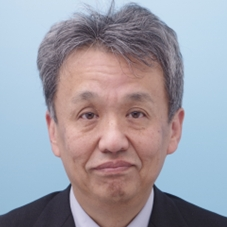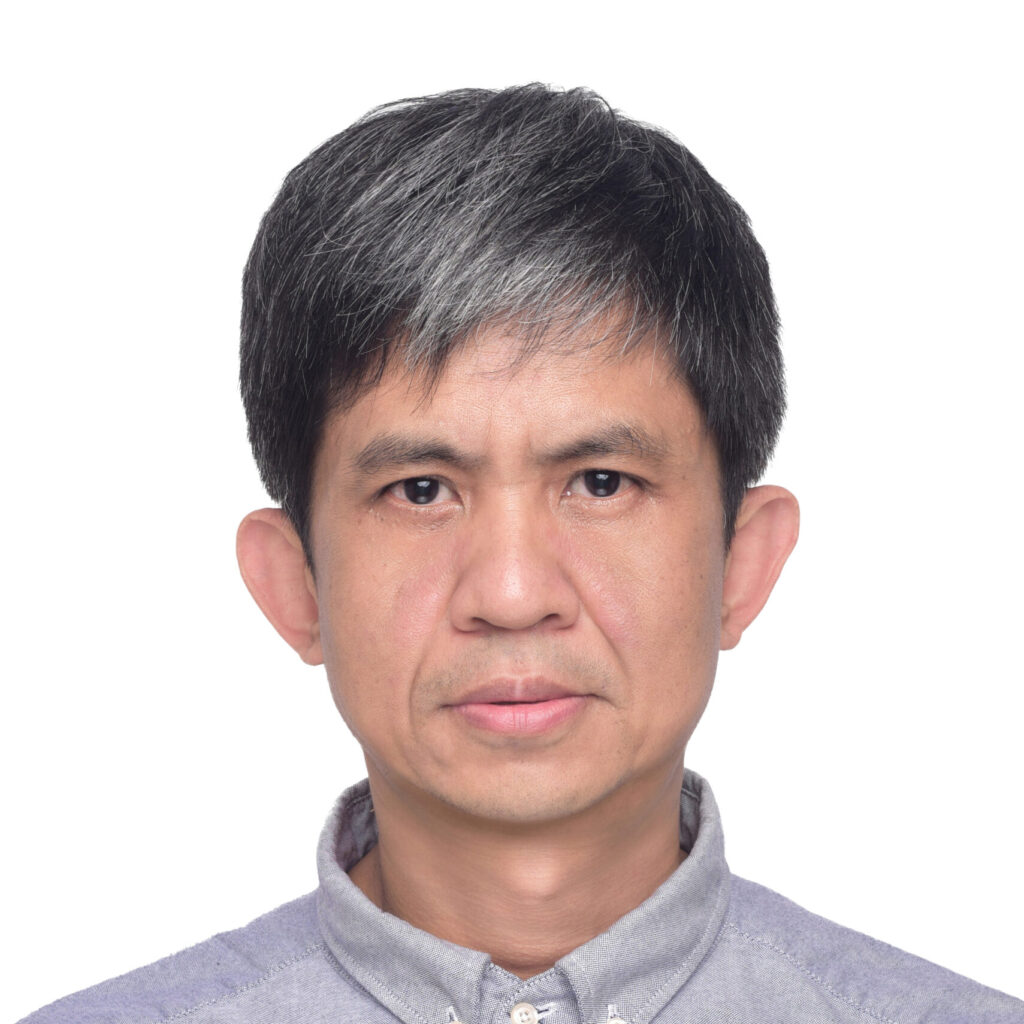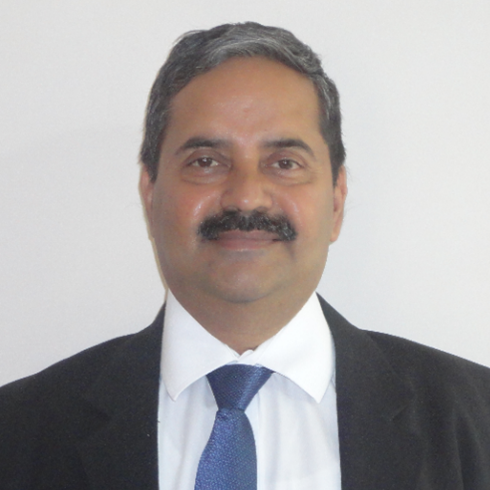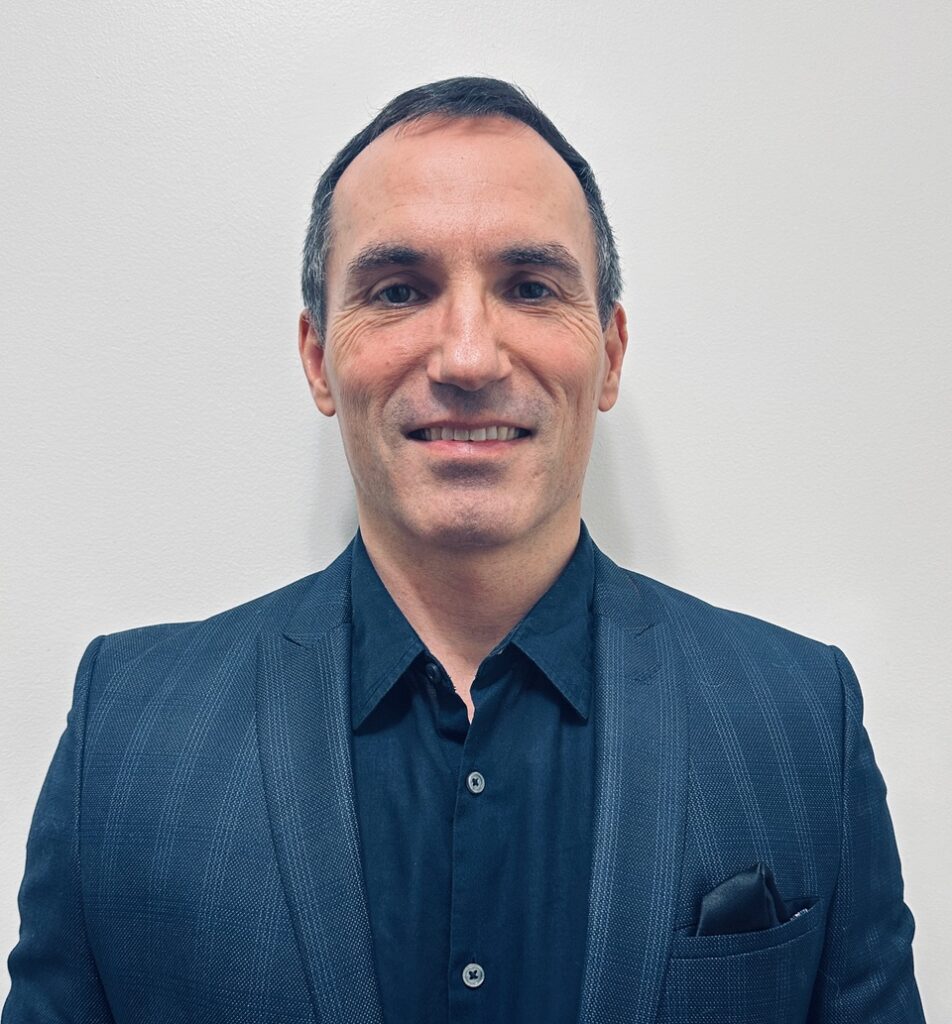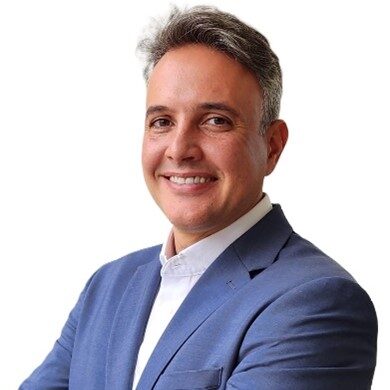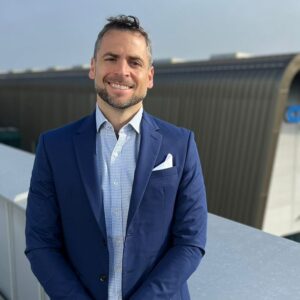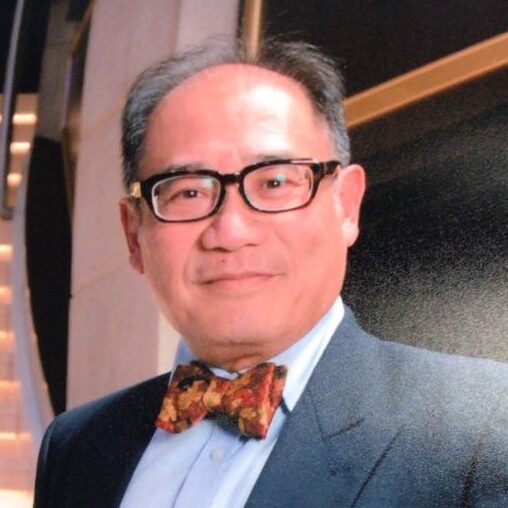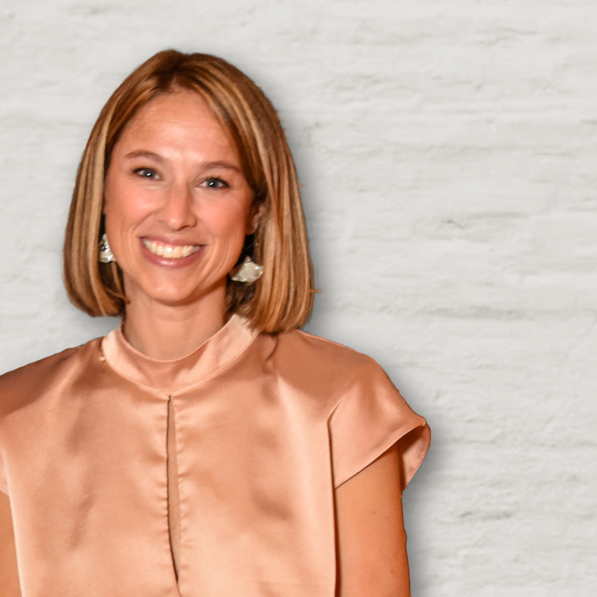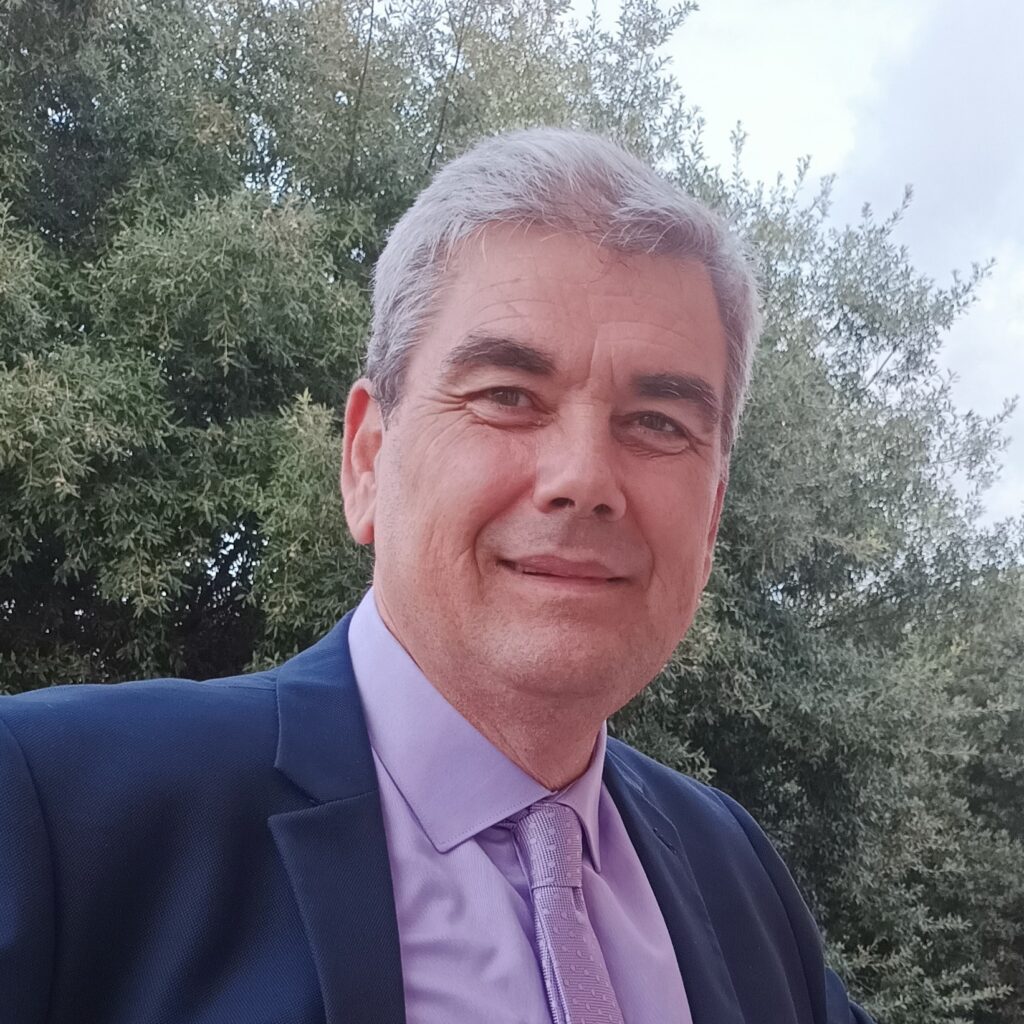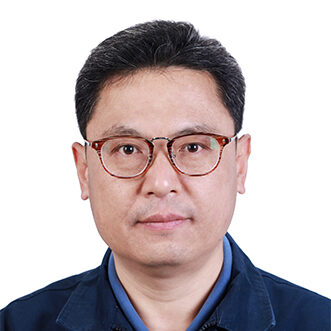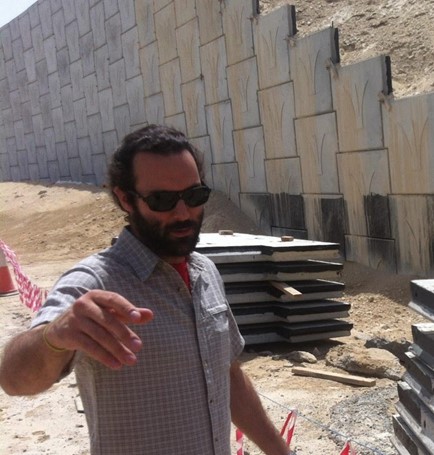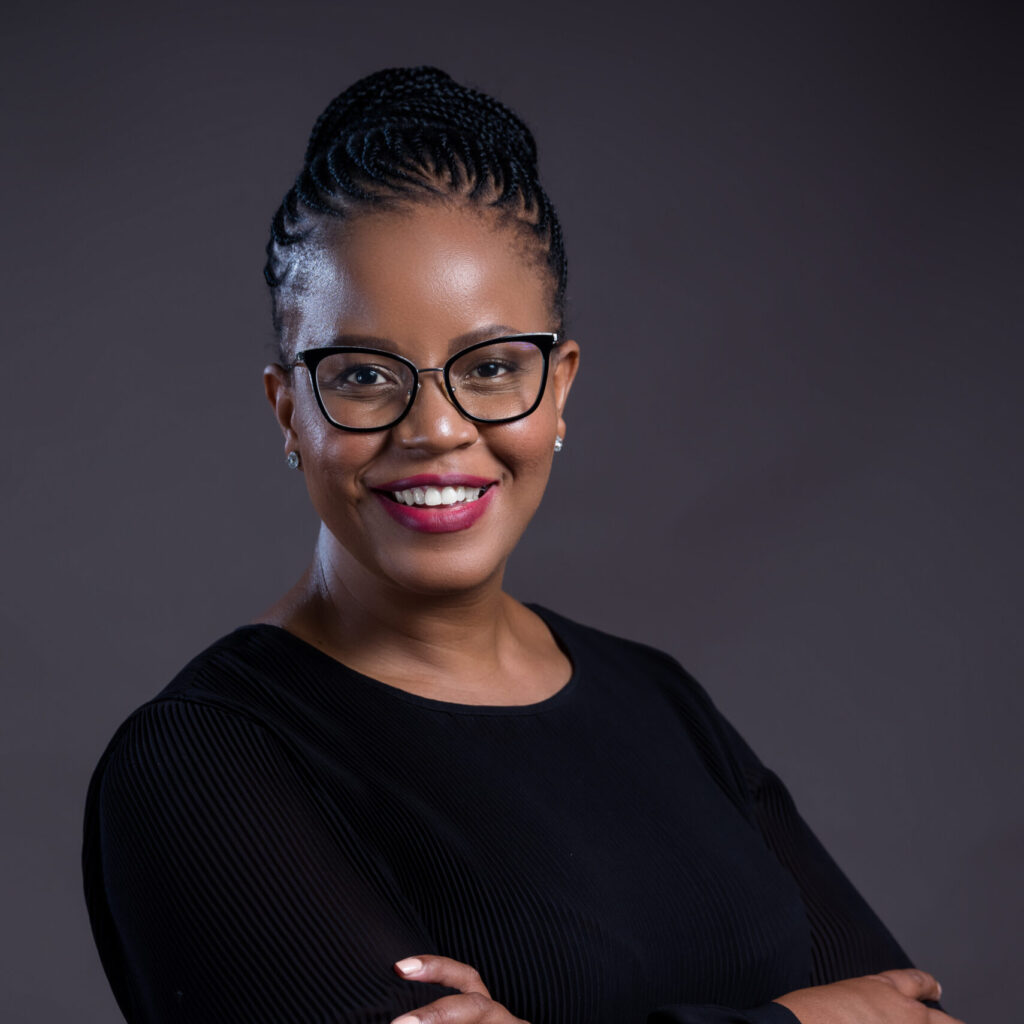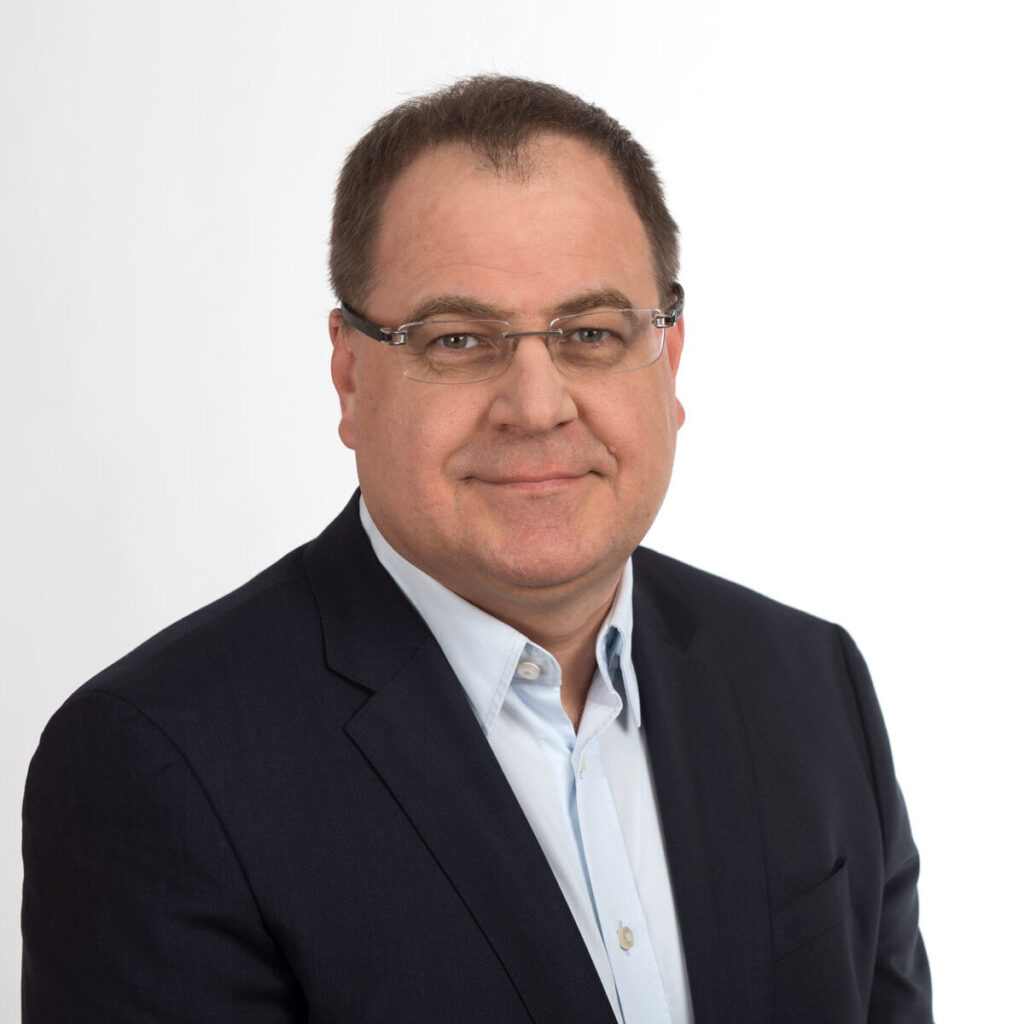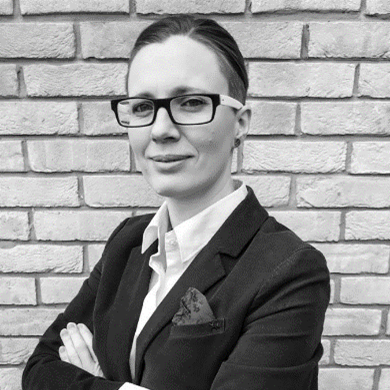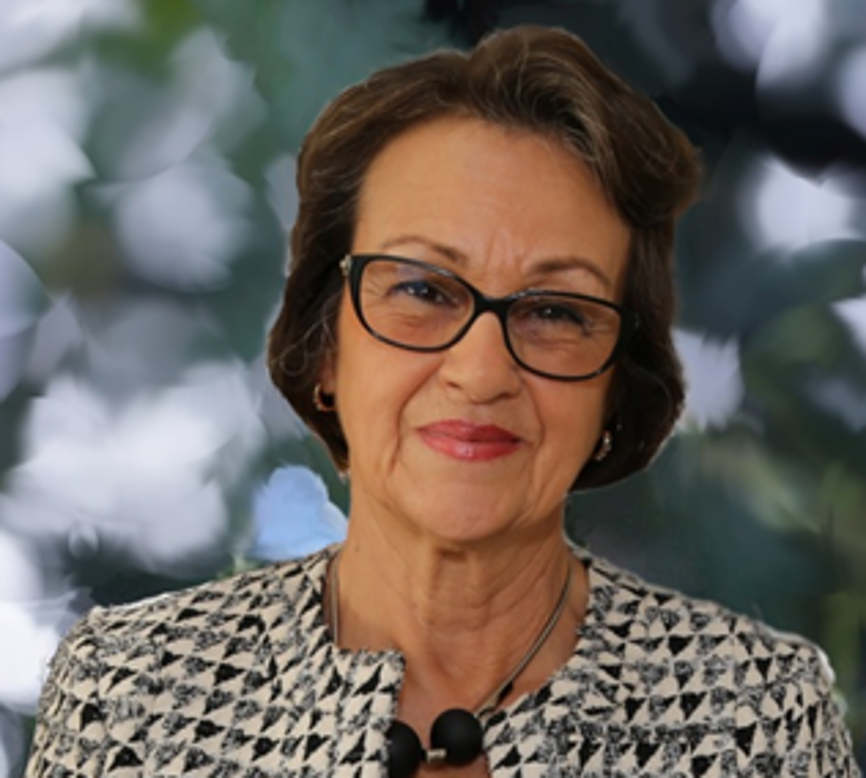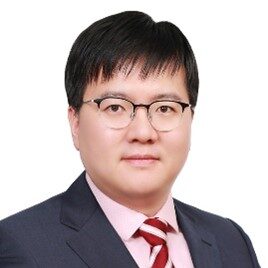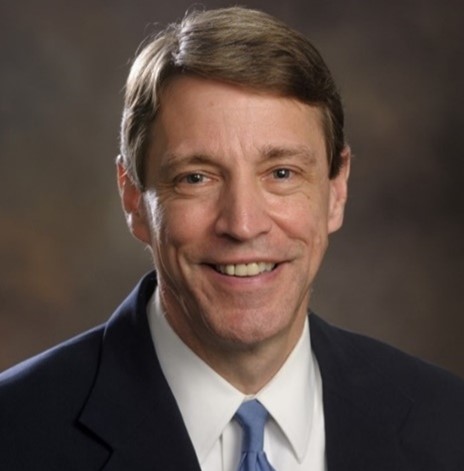The IGS Technical Committee on Barrier Systems (TC-B) hosted its 1st GeoBarrier Workshop in Munich, Germany on June 6 – 7, 2018 and had 69 participants from all around the world.
This open event for researchers, designers, consultants, manufacturers, industry insiders and any interested group addressed considerations of technical consensus versus continuing technical needs, educational efforts, and potential publications.
The two day workshop allowed a lot of discussions in the fol-lowing topics and the selected chairmen served as facilitators to foster discussion and interaction.
• Geomembrane Durability (chairman: George Koerner, USA)
• Geomembrane protection (chairman: Richard Brach-man, Canada)
• GCL hydration and controlling factors (chairman: Malek Bouazza, Australia)
• Standard protocols for Construction/Installation Quality Assurance and Quality Control (chairman: Kerry Rowe, Canada and Boyd Ramsey, USA)
Following is a short summary of the Sessions from the June 2018 IGS TC-Barrier Workshop
Geomembrane Durability chaired by George Koerner, Session Chair and Director of the Geosynthetic Institute (GSI), Folsom, USA
The IGS welcomed over 69 civil and geotechnical engineer-ing professionals from around the world to the TC-B work-shop. This unique gathering combines high-level presenta-tions from leading practitioners in the field with significant audience discussion time, enabling participants to share project experience, exchange technical concerns and solutions and network with colleagues who influence diverse applications (projects) containing geosynthetics.
GSI’s involvement over the two days was significant. GSI’s task at the event was to chair the opening morning session of the TC-B workshop on durability. The agenda was stacked with heavy hitting presenters from Germany, the USA and Canada.
Andreas Woehlecke started us off with an overview of the German regulation for geosynthetic used in waste disposal. The BAM mandates that only a relatively thick 2.5 mm HDPE be used in liner systems in Germany. The geomembrane is used in a single composite configuration and can only be made via the wide mouth die case process. It needs to be a monolithic layer of HDPE and cannot be a blended or layered material. The agency’s perspectives on geomembrane durability, service life and end of life is that all materials used in lining system need to exhibit 100 year performance.
Helmut Zanzinger of SKZ was the next speaker in the session. He discussed an autoclave exposure technique to accelerate incubation for Arrhenius modeling. This worked tied in nicely to the first presentation and answered the question of how the Germans verify 100 year performance of materials.
Sam Allen of TRI Environmental was next and thru the audience a major curve ball. He went against convention and discussed other materials than monolithic HDPE geomembranes. He delved into all kinds of issues (sampling, testing, seaming etc.) with multi-component (layered) geomembrane durability. He left the session with the question: There are many different geomembrane formulations that exhibit fantastic physical, mechanical, hydraulic and endurance properties, why don’t we consider broadening our options for containment.
Kerry Rowe of Queen’s University ended the presentation portion of the session with a discussion on antioxidant depletion. He challenged the validity of both the standard and high-pressure DSC tests by contrasting predicted performance with actual field verifications. Much of his findings showed that performance is application specific where extreme environmental conditions will challenge commodity materials but can be managed by high performance geomembranes.
With the conclusion of the presentation phase of the session the discussion began. In true workshop fashion we opened the floor to 90 minutes of exchange. The Questions & Answers were fast and furious. Some of the better examples are listed below;
• Should we restrict the comonomer used in the manufacturer of HDPE (oxtane, heptane, butane etc.)?
• What are the risks if a GM fails?
• Should we insist that the GM exhibit isotropic behavior?
• Should we be making application specific materials (i.e. covers/liners, landfills, brine ponds, high chlorine)
• Do all GM pass a TCLP (Toxicity Characteristic Leaching Potential) test?
• Can someone explain how the anti-oxidant (AO) package diffuses throughout the polymer cross section of a geomembrane with time?
• How do geomembrane seams age? Are they as durable as the parent material?
• What is the durability of textured versus smooth geomembrane?
• What is the effect on durability of CaCO3 or talc in the geomembrane formulation?
In all, the session was exciting and fun. The audience was great and energized the panel to stretch and give many suggestions for going forward and improving geomembranes.
Richard Brachman, Session Chair and Professor, Queen’s University, Canada reports from his session:
The session on Geomembrane Protection reviewed and reflected on where practice is today, and presented findings from recent research to stimulate discussion with the overall goal of advancing practice and guiding future research.
Geomembrane protection chaired by Richard Brachman (Queen’s University, Canada)
Richard Brachman began the session with an overview of the engineering mechanics of geomembrane deformations from coarse gravel. He emphasized that the geomembrane is part of a system, meaning that long-term deformations of one or more components of the system can lead to additional deformation of another. Proper consideration of engineering mechanics was encouraged to understand limitations of past empirical approximations; resolve why some tests show no long-term rupture, while others do; and select an appropriate protection layer to ensure long-term environmental protection.
Kerry Rowe (Queen’s University, Canada) spoke on “Why we need to limit long-term strains”. He presented recently published work (Abdelaal et al. 2014, Ewais et al. 2014) along with additional new findings from an on-going, two-decade-long effort to resolve the issue of whether a poly-ethylene geomembrane can rupture from sustained local gravel indentations. Kerry Rowe presented data that con-firms the end-of-life mechanism for landfill geomembranes involves: i) consumption of protective antioxidants, ii) polymer oxidation, iii) decrease in stress crack resistance, and iv) brittle rupture when combined with sufficiently large sustained tensions from local gravel deformations. His presentation highlighted the importance of considering the effects of modelling the system as it really exists (including the compacted clay or GCL that can deform with time be-low a geomembrane), chemical interaction, and temperature if one is to realistically represent the overall system interactions.
George Koerner (Geosynthetics Institute, USA) presented “Preventing puncture: A US approach”. A review of the original experiments (Narejo et al. 1996) used to derive an equation for the mass of nonwoven geotextile required to prevent geomembrane puncture (Koerner et al. 1996) was presented. These short-term experiments were not in-tended to limit geomembrane strains to a certain level, but rather to find the external pressure required to cause the geomembrane to puncture for a given protrusion height and mass of geotextile, predominately based on hydrostatic pressure testing with truncated cones (Koerner et al. 2010). Findings from four, 10-year-long hydrostatic pressure tests with truncated cones conducted at 22°C (Koerner et al. 2010) were then summarized. There was no puncture with 12-mm-high protrusions at pressures of 430 and 580 kPa, while one puncture occurred for a 38-mm-high protrusion at 52 kPa. The findings were used to update the long-term factor in the puncture equation.
Ulrich Sehrbrock (ICP, Germany) presented “Limiting strain: The German Approach”. He described that the geomem-brane is loaded under vertical pressure with project specific gravel above the geomembrane and a rubber layer beneath the geomembrane (provisions also exist to site specific materials beneath the geomembrane). There are specific requirements for test pressure, temperature and time. Indentations in the geomembrane are recorded by placing a thin, deformable metal sheet beneath the geomembrane. A measure of geomembrane strain is then calcu-lated from the measured indentations. The geotextile protection layer is deemed acceptable if that calculated strain is limited to 0.25%. From his own professional experience, he noted that specifying coarse (16/32 mm) gravel with rounded particles can lead to sharp-edged grains from particle breakage, that need to be considered in the protection layer testing. Last, he commented on the beneficial effects of using sand a protection layer to limit geomembrane indentations.
Richard Brachman gave the final presentation titled “Why allowable strain depends on how it’s measured and calcu-lated”. In terms of how strain is calculated, he showed how consideration of average vs. maximum membrane strain, neglecting bending strains, or neglecting large-displacement effects lead to underestimates of actual geomembrane strain (Eldesouky and Brachman 2018). He clarified that the German method of strain calculation results in an aver-age membrane strain along the indentation and explained that this value is limited to 0.25% with the intent that the maximum extreme fibre strain (considering bending) is below a long-term target of 3% strain, as detailed by Seeger and Müller (2003). In terms of test conditions, he showed how the type of subgrade (none, rubber, clay layer), clay compressibility, temperature and time impacted the strains resulting from the test and presented a new screening method (Brachman et al. 2018) to help select protection layers to limit long-term strains to target allowable limits.
The discussion session was productive and involved debate on why the Abdelaal et al. (2017) and Ewais et al. (2014) studies resulted in brittle rupture, while that of Koerner et al. (2010) did not, and discussion on: how test boundary conditions (boundary friction, flexible vs. rigid load) effect the measured results, construction issues related to place-ment of a sand protection layer, the extent to which whether wrinkles impact geomembrane protection, consideration of different/new materials for applications other than landfill bottom liners, the chemical resistance of polyester vs polypropylene nonwoven geotextiles, and allowable strain limits.
GCL Hydration and Controlling Factors chaired by Malek Bouazza (Monash University, Australia)
Malek Bouazza presented about myths and facts about GCL hydration and informed about conditions in field and how the bentonite hydrates but as hydrates less if the subsoil has a similar suction capacity as the bentonite.
Kerry Rowe then explained how well GCLs hydrate and self-heal as well as factors and effects. It was clear that a GCL under a geomembrane with no confining stress there might be concerns with a GCL. Particularly gran-ular bentonite GCLs seemed to show in the investigated test plot a higher shrinkage and downhill erosion effect than powder bentonite. However, it was mentioned that covered geomembrane/GCL solutions will very likely prevent any of the above mentioned issues.
Craig Benson (University of Wisconsin-Madison) went then in Detail into the topic “Hydration, Swelling, and Hydraulic Conductivity of Bentonite-Polymer Composite GCLs for Aggressive Leachates” and showed lab tests with polymer modified bentonites but also mentioned that there is still a lot to do on research, such as detect-ing the amount of polymer used as well as classifying the polymer type.
Gemmina Di Emidio (Ghent University, Belgium) then introduced research from her work at the University with a special produced polymer-bentonite composition. The topic was “Wet and dry ageing of modified bentonites for GCLs under aggressive conditions”
Standard protocols for Construction/Installation Quality Assurance and Quality Control chaired by Kerry Rowe (Canada) and Boyd Ramsey (USA)
The fourth session focused on installation and installation related issues; problems that were either caused by or could be mitigated and reduced by the use of experienced knowledgeable installation staff and management. Wrin-kles were a key topic: both wrinkle management and the effect and relationship between wrinkles and leakage rates. Regulation and more specifically regulation with enforcement were discussed and emphasized as an important factor in leak prevention and groundwater protection. Electric leak location surveys were another critical and highly effective leakage rate reduction tool with Abigail Gilson Beck’s documentation on the clear numerical relationship between electrical leak surveys and leakage rates being highlighted. Perhaps most important were multiple requests within the session and the surveys to host a focused seminar on geosynthetic installation, perhaps in conjunction with the International Association of Geosynthetic Installers.
Even though it was the end of the last day of the workshops (for some it was the second day but for others it was the fourth workshop day as they also joined the workshop on TC-Reinforcement) all participants had a heavily discussion over 90 minute. The Questions & Answers brought up the following topics, which are listed in no particular order:
• Global improvement in communications with envi-ronmental regulatory bodies. IGS to a national EPA for example.
• Germany/BAM has published a welding manual – utilize or promote globally?
• A description of how to best manage unconfined geosynthetic clay liner materials in the field (and avoid panel separation if at all possible).
• Promote the credentialing and regimented qualifi-cation of welders and installers (with or without IAGI?)
• Conduct a seminar focused on geosynthetic in-stallation.
• How to best support the expansion of the requirement for electric leak location surveys.
• How to best support the required planning and construction details to support electric leak location surveys.
• Create a duplicate of the video shown by Kerry Rowe illustrating wrinkle leakage and head effects.
• How to best support a requirement to require electronic data management of geosynthetic installations.
• How to promote the agglomeration and utilization of “big data” sets for welding, interface friction tests, or other purposes.
Again, we would like to thank all involved people, including the chairmen, the speakers, the participants, the Univer-sity helpers on site, and Dagmar Bräu as well as Terry Ann Paulo our IGS Secretariat Manager.
Reported by
Kent von Maubeuge, (Chairman TC-Barrier Systems and Corporate Committee)






